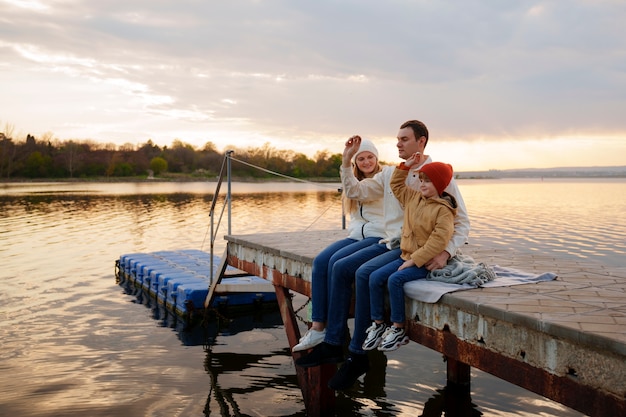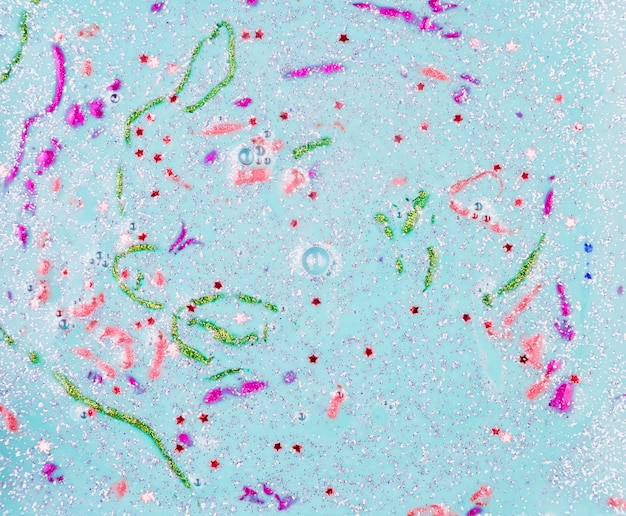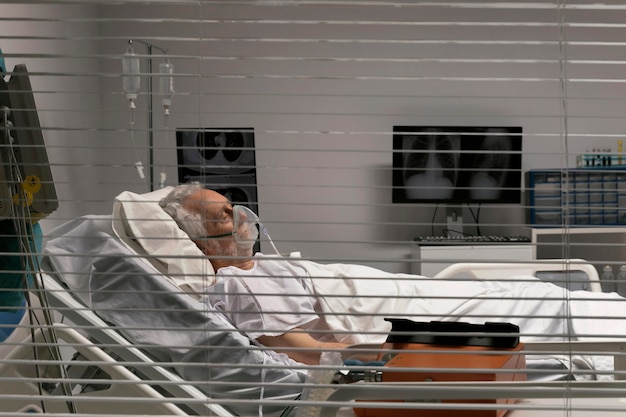A routine summer outing turned into a medical emergency when Genevieve Gallagher, a 49-year-old mother from Pensacola, was infected with Vibrio vulnificus after swimming near the Pensacola Beach Boardwalk. What began as a fun family boating trip on July 27 quickly escalated into a life-threatening battle against a rare but dangerous bacterium.

Genevieve Gallagher and her family were enjoying a typical summer day—boating and swimming in the calm waters behind the Pensacola Beach Boardwalk—when an unnoticed cut on her leg became the entry point for Vibrio vulnificus, a naturally occurring bacterium found in warm coastal waters, especially during the summer months.
Within hours, she began experiencing severe pain, swelling, and redness in her lower leg. By the next day, the symptoms had worsened dramatically. She described the sensation as feeling like "someone poured gasoline on my leg and lit it on fire." Recognizing the severity, her family rushed her to a local hospital.
Commonly referred to as a "flesh-eating" bacterium, Vibrio vulnificus is a species of Vibrio bacteria that thrives in warm, brackish waters such as bays and estuaries. It is most prevalent in the Gulf of Mexico, including the coastal areas of Florida, particularly between May and October.
People can become infected through open wounds exposed to contaminated water or by consuming raw or undercooked shellfish, especially oysters. While infections are rare, they can be extremely serious, particularly in individuals with compromised immune systems, liver disease, or chronic health conditions.

Initial symptoms of Vibrio vulnificus infection include redness, swelling, and intense pain at the wound site—often disproportionate to the size of the injury. As the infection progresses, it can lead to blistering, skin breakdown, septicemia, and in severe cases, necrotizing fasciitis, a condition that destroys soft tissue.
In Gallagher’s case, the infection spread rapidly. Doctors diagnosed her with a severe soft tissue infection caused by Vibrio vulnificus. She required immediate surgical intervention to remove dead and infected tissue to prevent the spread of the bacteria into her bloodstream.
There are no antibiotics that can fully stop the progression of tissue destruction caused by this bacterium. Instead, treatment focuses on aggressive surgical debridement—removing infected tissue—along with intravenous antibiotics and intensive care support.
Gallagher underwent multiple surgeries and spent several weeks in the hospital, including time in the intensive care unit. Her recovery has been long and painful, with ongoing physical therapy and wound care. Doctors have indicated that she was extremely lucky to survive, as the mortality rate for Vibrio vulnificus septicemia can exceed 50%.

As of 2025, Florida has reported 23 cases of Vibrio vulnificus, including five fatalities. Two cases have been confirmed in Escambia and Santa Rosa counties, where Pensacola is located. Health officials attribute the rise to warmer water temperatures, which create ideal conditions for bacterial growth.
The Florida Department of Health urges residents and visitors to take precautions, especially those with open wounds, liver disease, or weakened immune systems. Recommendations include avoiding swimming in brackish or saltwater with open cuts, covering wounds with waterproof bandages, and thoroughly washing after water exposure.
While Vibrio vulnificus infections remain relatively rare, their severity underscores the importance of public awareness. Simple preventive measures can significantly reduce risk:
Genevieve Gallagher’s story is a stark reminder that even routine recreational activities can carry hidden risks. Her experience has sparked renewed conversations about water safety, early symptom recognition, and the importance of prompt medical care.
As climate change contributes to warmer ocean temperatures, the geographic range and seasonal duration of Vibrio bacteria may expand. Public health officials stress the need for ongoing monitoring, education, and swift clinical response to prevent further tragedies.
Gallagher, now on the road to recovery, hopes her story will encourage others to take precautions and act quickly if symptoms arise. "It happened so fast," she said. "Don’t wait. If something feels wrong, get help immediately."

Health

Health

Health

Health

Health

Fitness

Health

Health